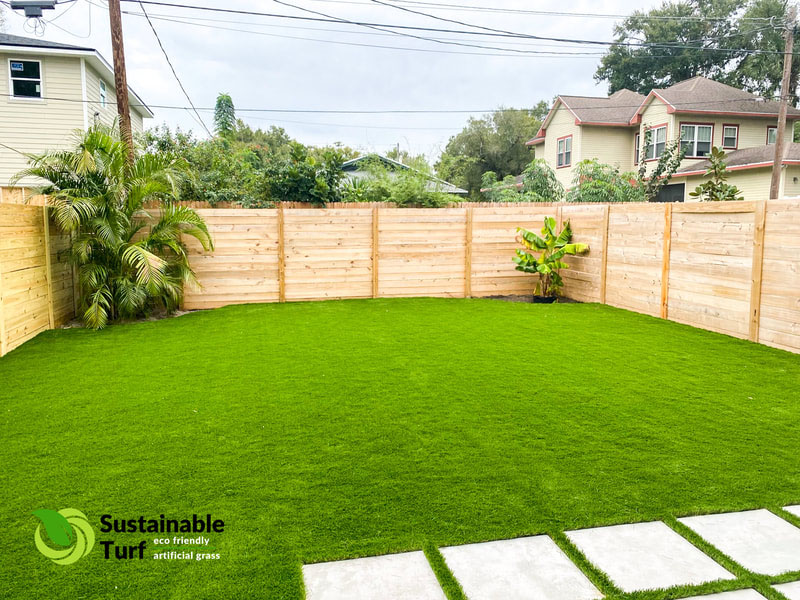
The quality and safety of sports turf fields are affected by weather conditions. Extreme weather can have a significant impact on the playability and safety of a sports field. Understanding how weather affects sports turf and how to prepare for it is crucial to maintaining a safe and playable field all year round.
Weather Conditions That Affect Sports Turf
Heat and Drought Sports turf can be especially affected by hot, dry weather. Lack of moisture and high temperatures can cause grass to become brittle and dry. The turf may thin out, leading to bare patches that affect the field’s safety and playability. Heat stress can also weaken the grass, making it more vulnerable to pests and diseases.
Heavy Rainfall Heavy rain can oversaturate the soil, leading to poor drainage and flooded fields. Excessive moisture can cause fungal diseases, root rot, and weakened roots. Waterlogged fields can become muddy, uneven, and more dangerous for players.
Frost and Freezing Temperatures Frost and cold weather can damage sports turf. When the ground freezes, the turf can crack and break under pressure. Frost can also cause frost heave, where the soil expands and contracts as it freezes, making the turf uneven and hazardous for athletes.
Preparing Your Sports Turf for Extreme Weather
Regular Maintenance and Monitoring Regular maintenance and monitoring are key to preparing your sports turf for extreme conditions. By keeping an eye on the turf’s condition and taking proactive steps, you can reduce the effects of extreme weather. Regular mowing and aeration help maintain the health of your turf and make it more resilient.
Water Management Effective water management is crucial in both wet and hot conditions. During droughts and heat, ensure the turf receives enough water, but avoid overwatering. Deep and infrequent watering encourages deeper roots, helping the turf withstand dry conditions. In wet weather, proper drainage systems are necessary to prevent waterlogging. Regularly check and maintain your drainage systems to ensure they work correctly.
Seasonal Preparation It’s important to prepare the turf for the challenges of each season. In the fall, aerate and overseed your turf to encourage healthy growth and strengthen the roots before winter. Avoid using the field when frost is present, as it can damage the turf. In the spring, repair any winter damage to prepare the turf for the warmer months.
Protective Covers Protective covers can shield sports turf from harsh weather conditions. Covers can prevent frost damage and waterlogging during heavy rain or frost. In hot weather, covers provide shade and protect the turf from heat stress.
Field Usage Managing when and how the field is used during extreme weather is also important for turf management. To prevent damage, avoid using the field immediately after or during heavy rain or frost. Rotate field usage to allow worn areas time to recover, preventing excessive wear in certain spots.
Conclusion: Protecting Your Sports Turf
With the right preparation, you can minimize the impact of extreme weather on your sports turf. Regular maintenance, water management, seasonal preparation, and protective covers will keep your turf in good condition, no matter the weather. These steps will ensure your field remains safe and playable all year round.
This post was written by a professional at Sustainable Turf. Looking for the best playground artificial turf Clearwater FL? At Sustainable Turf, we believe in offering sustainable, eco-friendly solutions that benefit both homeowners and the environment. Our artificial grass for playgrounds, homes, and more is designed to provide you with a beautiful, low-maintenance lawn that requires minimal resources to thrive. By choosing our artificial turf, you’ll enjoy a wide range of benefits for years to come. Contact us now for an estimate for your sports turf field, residential turf, golf putting turf, and more!






More Stories
Breathe Easy: Top Air Purifiers That Actually Beat Wildfire Smoke
The Hidden Costs of Not Paying Attention to Your Rain Gutters
Role Of Technology In Commercial Damage Restoration